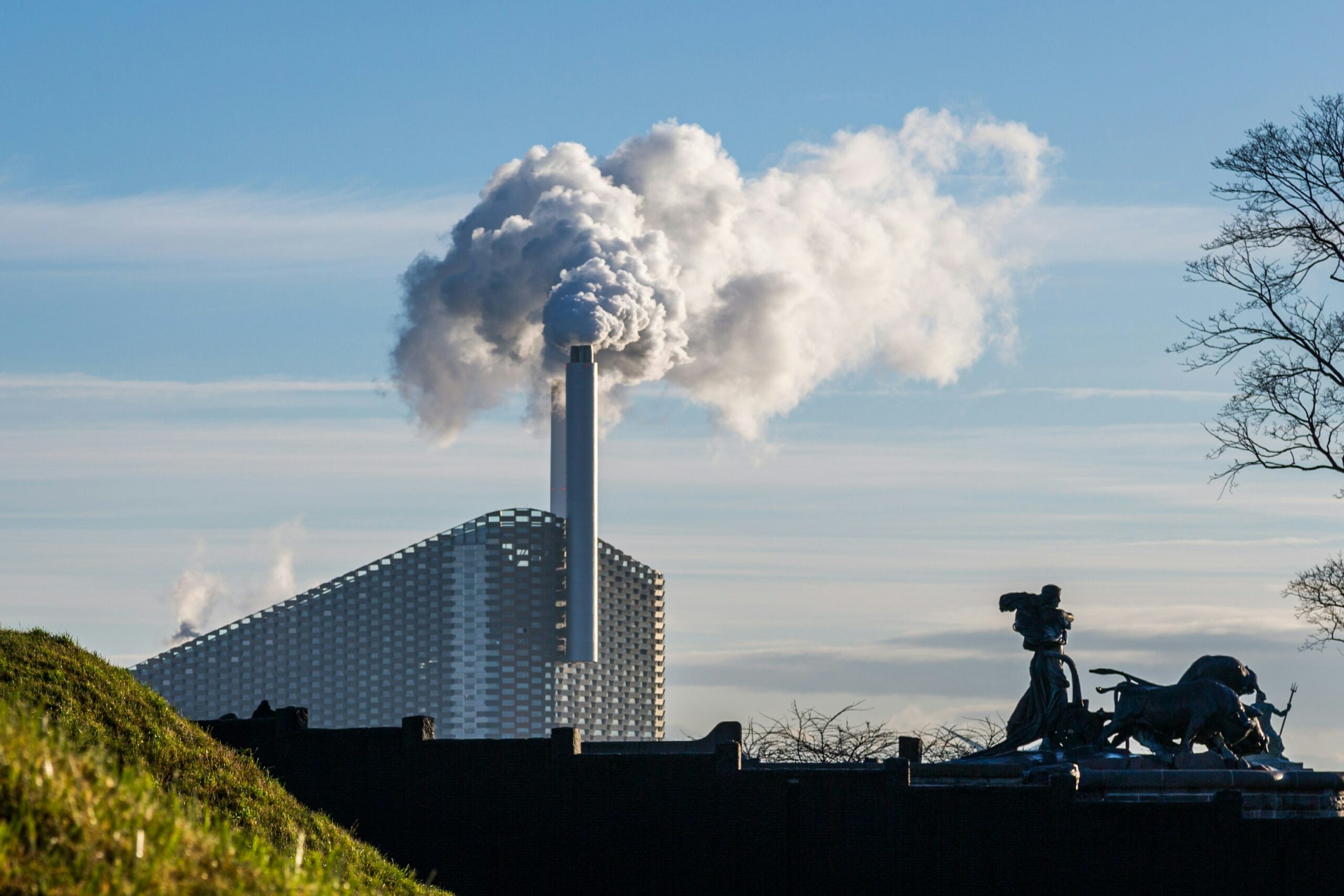Insider Brief
- DuPont has announced a comprehensive set of 2030 sustainability goals focused on emissions reduction, sustainable product design, and workforce inclusion.
- The company plans to cut Scope 1 and 2 greenhouse gas emissions by 50% from 2019 levels and achieve 60% renewable energy use by 2030.
- Additional targets include integrating circular economy principles into product development and improving 25 million lives through social impact programs.
DuPont has outlined a set of nine sustainability goals aimed at reducing environmental impact, improving the safety and sustainability of its products, and deepening its commitment to employees and communities. The targets, which extend through 2030, reflect a broader shift in the company’s business strategy to align growth with long-term environmental and social outcomes.
Structured around three pillars — Innovate, Protect, and Empower — the initiative is part of DuPont’s 2019 sustainability strategy and incorporates global frameworks such as the United Nations Sustainable Development Goals. The company positions its efforts as necessary for continued value creation in a changing regulatory and market landscape.
“At DuPont, sustainability is integral to our strategy, embedded in every aspect of our business – from our innovation pipeline, to our manufacturing and supply chains, to how we engage with our people and communities,” said Ed Breen, DuPont Executive Chairman and Chief Executive Officer, in a statement. “As a global innovation leader and multi-industrial company, we’re developing new products and solutions that enable cleaner water, energy-efficient buildings, electric vehicles and advanced computing. Our sustainability journey and progress is powered by our teams around the world who work side-by-side with our customers to deliver innovations that help people and the planet thrive.”

Emissions Cuts and Water Risk Management
One of the central objectives is to cut greenhouse gas emissions. DuPont aims to reduce its Scope 1 and 2 emissions—those tied to its own operations and purchased electricity—by 50% from 2019 levels by the end of the decade. The company has also committed to achieving carbon neutrality across its operations by 2050. Scope 3 emissions, which include indirect emissions from suppliers and the disposal of sold products, are targeted for a 25% reduction from 2020 levels by 2030.
As part of this emissions strategy, DuPont plans to transition 60% of its power supply to renewable sources by 2030, in line with its membership in the RE100 global corporate initiative. It has also prioritized water stewardship, especially at high-consumption and high-risk sites, where it plans to implement local water strategies and improve access to clean water through technologies and partnerships.
Product Innovation and Circular Economy Models
DuPont’s sustainability framework also emphasizes product design. The company is working to integrate circular economy principles—such as resource reuse and product lifecycle optimization—across its business operations. This includes redesigning products to eliminate harmful substances and embedding environmental considerations early in the research and development process.
In practical terms, this involves aligning chemistry and materials development with sustainability metrics, reducing environmental risks in manufacturing, and responding to growing customer demand for safer and more sustainable inputs. The company has identified key areas of product innovation that include climate-related technologies, safer chemical formulations, and advanced filtration systems for clean water.
Equity, Well-Being, and Community Impact
Beyond environmental objectives, DuPont’s third pillar focuses on employee well-being and social equity. The company has committed to improving the lives of more than 25 million people through social impact initiatives, including partnerships with nonprofit organizations, skills-based volunteering, and community-based programs.
Internally, it has set goals to advance diversity, equity, and inclusion, aiming to exceed industry benchmarks in representation and workplace culture. Additional efforts include creating professional development pathways, supporting employee wellness, and ensuring a work environment that encourages participation and engagement.
Framework for Long-Term Change
DuPont presents its sustainability strategy as a science-based, business-aligned approach to long-term risk management and growth. The goals are intended to serve as a blueprint for operational improvements, product development, and workforce policies over the next five years. They also signal how large industrial firms are responding to shifting expectations from investors, customers, regulators, and employees.
The use of the UN Sustainable Development Goals as a guide reflects an effort to anchor DuPont’s initiatives in global consensus and to provide a consistent reference point for scientists and engineers across the company’s portfolio.
“Today, more than 80 percent of our innovation portfolio is expected to deliver sustainability value and advance solutions to help address global challenges,” said Alexa Dembek, DuPont Chief Technology and Sustainability Officer, said in the company statement. “I’m proud of the team’s commitment to achieving our 2030 Sustainability Goals, and while progress has been made, we will continue working diligently to create value for our customers, employees, shareholders and communities.”








